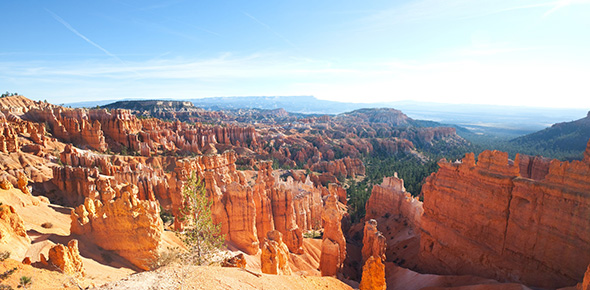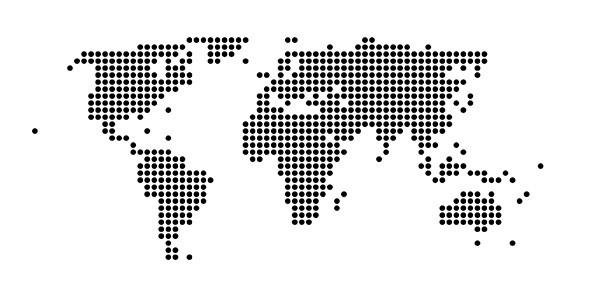Related Flashcards
Related Topics
Cards In This Set
| Front | Back |
|
Frontal Eminence
|
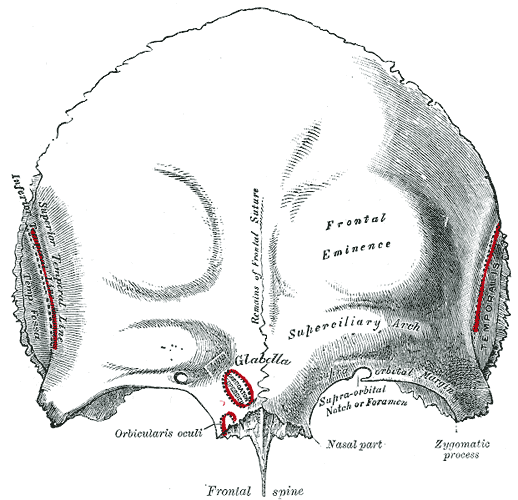 On the frontal bone of the skull |
|
Supra-Orbital Ridge
|
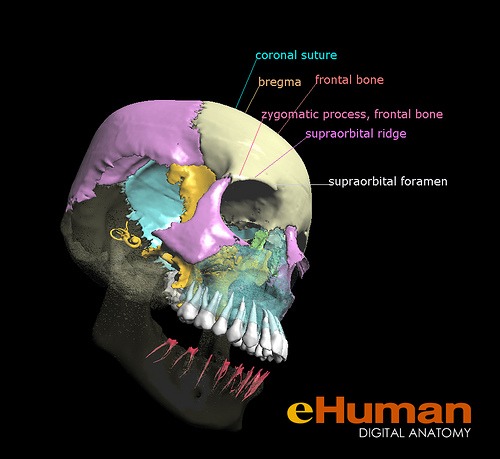 The curved upper border of the entrance to the eye |
|
Zygomatic Bone
|
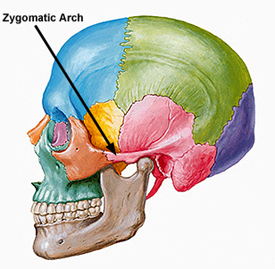 A small bone in vertebrates on each side of the face socket, forming the prominence of the cheek. Also called cheekbone, malar, Also called malar bone. |
|
Ramus of the Mandible
|
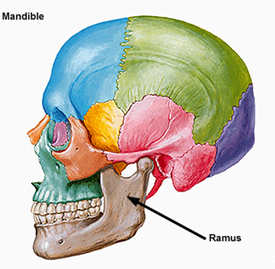 The bilateral, upturned, angled bony process of the mandible that extends upward and backward from the horseshoe-shaped body and terminates in two processes: the articular condyloid process and the coronoid process. |
|
Mental Tuberosity
|
?
|
|
Clavicle
|
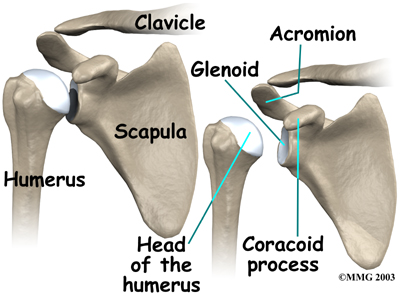 In human anatomy, the clavicle or collar bone is classified as a long bone that makes up part of the shoulder girdle (pectoral girdle). It receives its name from the Latin clavicula ("little key") because the bone rotates along its axis like a key when the shoulder is abducted. This movement is palpable. In some people, particularly females who may have less fat in this region, the location of the bone is clearly visible as it creates a bulge in the skin. |
|
Acromioclavicular (AC) joint
|
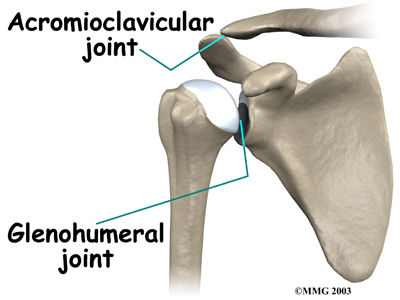 The acromioclavicular (AC) joint is where the clavicle meets the acromion. |
|
Acromion Process
|
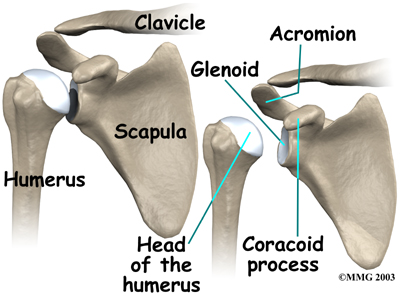 The lateral extension of the spine of the scapula, forming the highest point of the shoulder. |
|
Coracoid Process
|
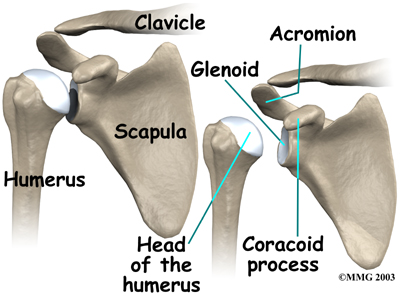 A curved process arising from the upper neck of the scapula and overhanging the shoulder joint. |
|
Sternal notch
|
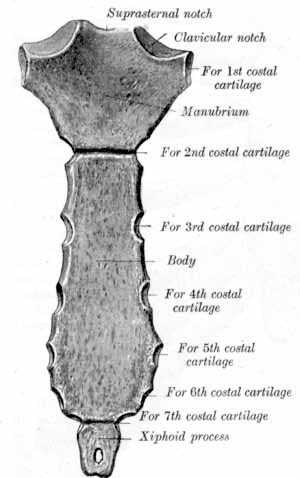 A v-shaped structure on the sternum. |
|
Greater Tubercle
|
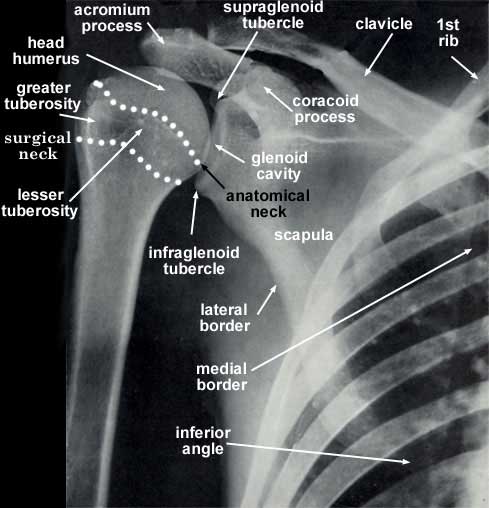 On the armsThe humerus of the upper arm has two tubercles, the greater tubercle and the lesser tubercle. These are situated at the proximal end of the bone, that is the end that connects with thescapula. The greater/lesser tubercule are located from the top of the acromion laterally and inferiorly. |
|
Sternum
|
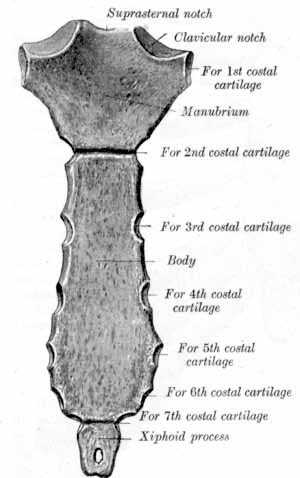 The sternum is a long flat bone (or, in some models, set of three bones) shaped like a capital 'T' located in the center of the thorax (chest). It connects to the rib bones via cartilage, forming the anterior section of the rib cage with them, and thus helps to protect the lungs, heart and major blood vessels from physical trauma. |
|
Xyphoid Process
|
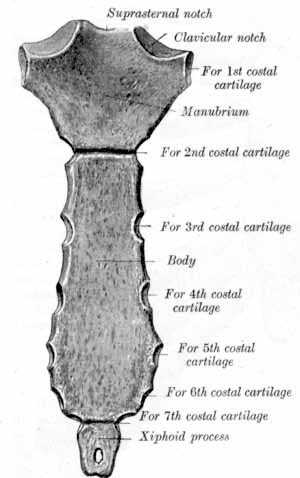 The xiphoid process, also known as the xiphisternum, is a small cartilaginous extension to the lower part of the sternum which is usuallyossified in the adult human. By age 15 to 29, the xiphoid usually fuses to the body of the sternum with a fibrous joint. Unlike the synovial articulation of major joints, this is non-movable. Much the way the first seven ribs articulate with the sternum, the cartilage in the celiac plexus joins on the xiphoid process, reinforcing it, and indirectly attaches the costal cartilage to the sternum. In newborn babies and young (especially slender) infants, the tip of the xiphoid process may be both seen and felt as a lump just below the sternal notch. |



